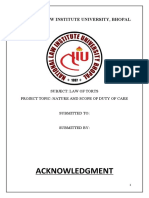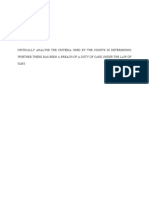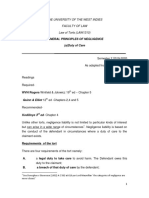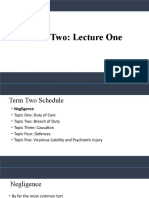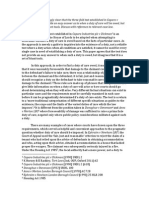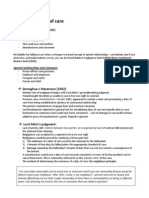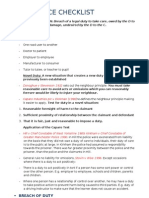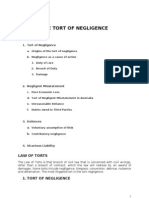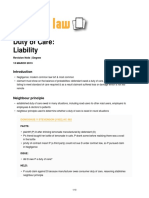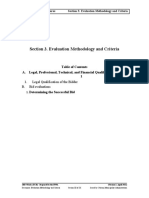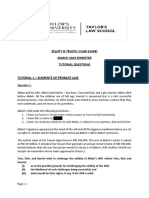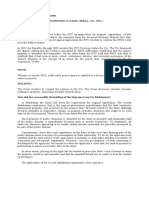0% found this document useful (0 votes)
18 views9 pagesDuty of Care (Introduction) Lecture Schema
The document provides an overview of the duty of care in tort law, particularly focusing on the negligence framework and key historical cases that have shaped its development. It outlines the three main tests for establishing a duty of care: the Caparo test, the voluntary assumption of responsibility/reliance test, and the incremental test. Additionally, it discusses the importance of reasonable foreseeability, proximity, and policy factors in determining the existence of a duty of care.
Uploaded by
LON231003002Copyright
© © All Rights Reserved
We take content rights seriously. If you suspect this is your content, claim it here.
Available Formats
Download as PDF, TXT or read online on Scribd
0% found this document useful (0 votes)
18 views9 pagesDuty of Care (Introduction) Lecture Schema
The document provides an overview of the duty of care in tort law, particularly focusing on the negligence framework and key historical cases that have shaped its development. It outlines the three main tests for establishing a duty of care: the Caparo test, the voluntary assumption of responsibility/reliance test, and the incremental test. Additionally, it discusses the importance of reasonable foreseeability, proximity, and policy factors in determining the existence of a duty of care.
Uploaded by
LON231003002Copyright
© © All Rights Reserved
We take content rights seriously. If you suspect this is your content, claim it here.
Available Formats
Download as PDF, TXT or read online on Scribd
/ 9


